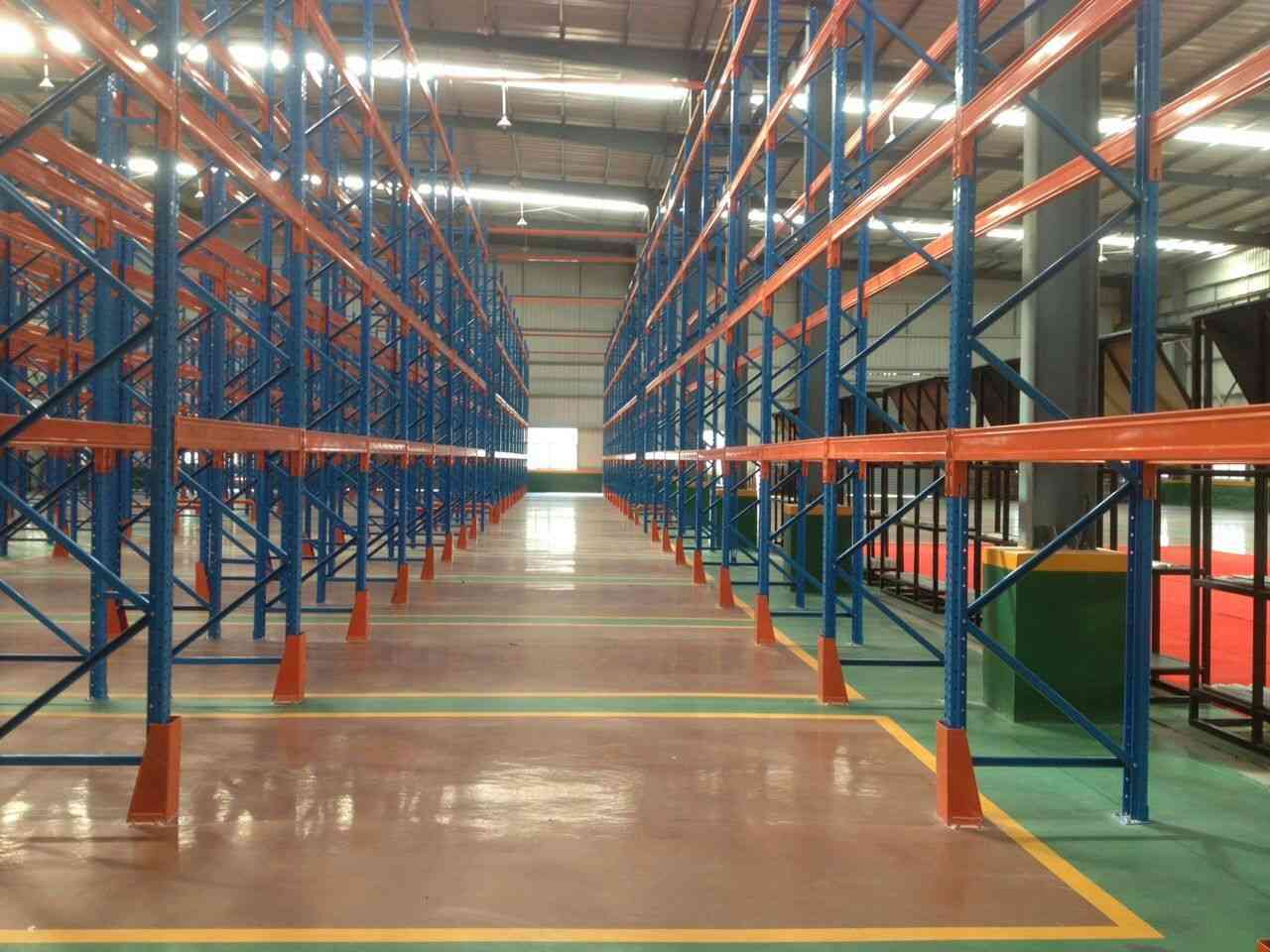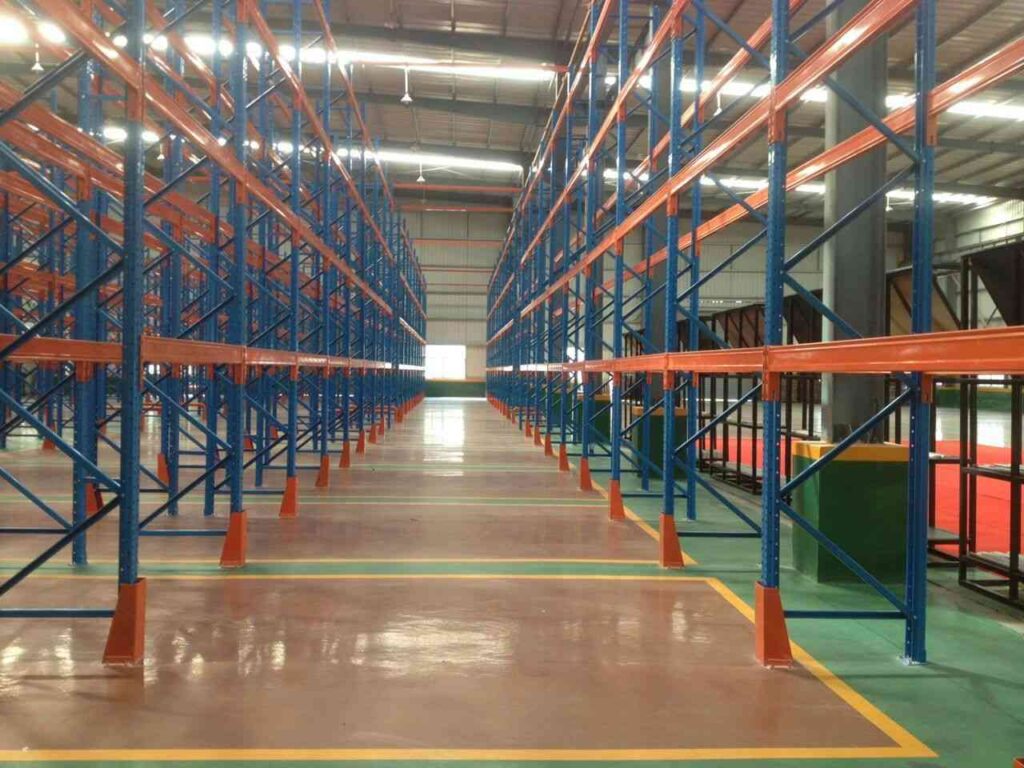📐 "First 50 Enterprise Queries Get Custom 3D Warehouse Design" Plan

Introduction: Why Safe Racking Installation Matters
Every warehouse manager knows that safe racking installation tips aren’t just recommendations—they’re the foundation of operational efficiency and worker protection. A single improperly installed beam or misaligned upright can lead to catastrophic failures, resulting in damaged inventory, workplace injuries, and costly OSHA violations.
This comprehensive guide delivers 70+ professional safe racking installation tips gathered from industry experts with decades of hands-on experience. Unlike generic advice found elsewhere, these insights address real-world challenges warehouse operators face daily.

1. Pre-Installation: The Make-or-Break Phase for Safe Racking
1.1 Warehouse Layout Analysis (The Most Overlooked Step)
Among the most critical safe racking installation tips is conducting a thorough space assessment before unpacking the first component. Professionals always:
-
Laser-scan floors for uneven surfaces (even 1/4″ deviations matter)
-
Verify ceiling clearance with 3D modeling software
-
Map HVAC and sprinkler system interference points
Real-world case study: A Midwest distribution center avoided $250k in potential damages by discovering an underground utility line during their pre-installation survey.
1.2 Load Capacity Calculations Done Right
Many racking failures stem from miscalculated weight distributions. These safe racking installation tips ensure accuracy:
-
Always add 15% buffer above stated maximum loads
-
Calculate dynamic load factors for seismic zones
-
Use digital load simulators for complex configurations
Pro Tip: The American Warehouse Association’s 2023 report shows 62% of racking failures involved improper dynamic load calculations.
2. The Installation Process: Step-by-Step Safety Protocols
2.1 Upright Assembly: Where Most Mistakes Happen
These safe racking installation tips prevent the most common upright errors:
-
Use calibrated torque wrenches (not impact guns)
-
Implement a 3-person verification system for each connection
-
Apply anti-corrosion treatment before assembly in humid environments
Industry secret: Leading installers mark each tightened bolt with UV paint for later inspection verification.
2.2 Beam Installation: Beyond Basic Safety
While most guides cover basic beam placement, these advanced safe racking installation tips make the difference:
-
Stagger beam connectors vertically for seismic resistance
-
Install vibration dampeners in high-traffic aisles
-
Use infrared thermography to detect stress points post-installation
3. Post-Installation: Validation That Saves Lives
3.1 The 72-Hour Stress Test
Top-tier installers follow these safe racking installation tips for validation:
-
Apply 110% of maximum load for 72 continuous hours
-
Conduct laser alignment checks every 12 hours
-
Use strain gauges to monitor microscopic shifts
Did You Know? OSHA’s 2024 revised standards now require documented stress tests for all racking over 20′ tall.
3.2 Employee Training That Actually Works
The best safe racking installation tips mean nothing without proper training:
-
Implement augmented reality forklift training
-
Conduct monthly “spot the hazard” drills
-
Install IoT sensors that alert for unsafe loading practices
4. Maintenance: The Safety Net Most Warehouses Ignore
4.1 Predictive Maintenance Techniques
Modern safe racking installation tips incorporate technology:
-
Monthly LiDAR scans comparing to baseline measurements
-
Vibration analysis for early fatigue detection
-
Smart washers that indicate bolt loosening
Cost-saving fact: Predictive maintenance reduces repair costs by up to 40% according to Material Handling Institute data.
5. When to Call Professionals: Warning Signs
Even with perfect safe racking installation tips, some situations demand experts:
-
Visible column twisting exceeding 1° from vertical
-
Recurring beam deflection after adjustments
-
Concrete anchor movement beyond 0.5mm
Urgent Notice: The National Safety Council reports 80% of racking-related injuries occur in facilities delaying professional inspections.
Conclusion: Safety as a Competitive Advantage
Implementing these safe racking installation tips does more than prevent accidents—it creates a measurable business advantage. Facilities following these protocols report:
-
30% fewer product damages
-
22% higher storage density
-
15% lower insurance premiums
For operations requiring expert verification, leading providers offer free racking safety audits that identify hidden risks.
FAQs: Expert Answers to Critical Questions
1. How often should anchor bolts be re-torqued?
In high-activity areas, quarterly re-torquing is among the most overlooked safe racking installation tips. Use color-coded markers to track maintenance.
2. What’s the real cost of DIY racking repairs?
Average $18,500 in secondary damages—always use certified technicians for repairs.
3. Are older racking systems grandfathered under new codes?
No—2024 OSHA updates require all systems to meet current standards regardless of installation date.
4. What technology best detects racking stress?
Combining strain gauges with AI-powered visual monitoring provides the most comprehensive protection.
5. How can we justify safety upgrades to management?
Present the ROI: Every $1 spent on prevention saves $4.30 in potential losses (National Safety Council data).




